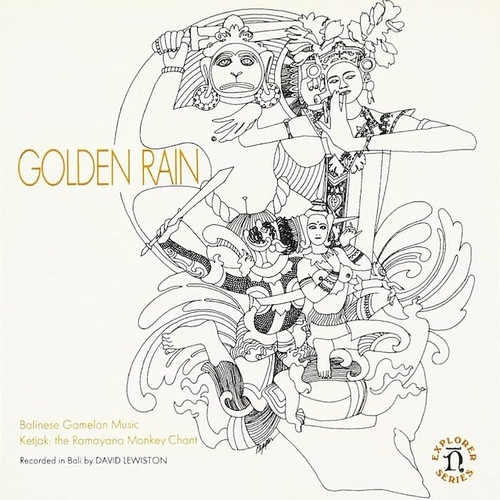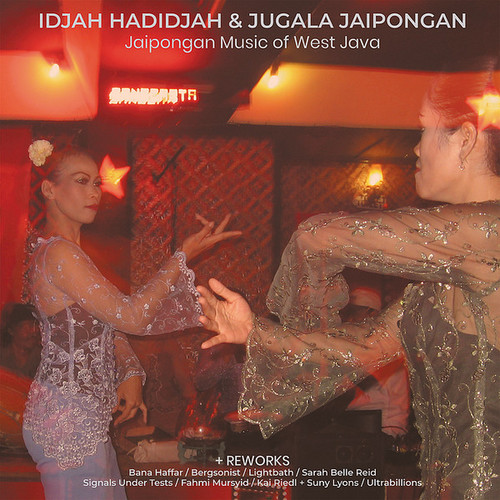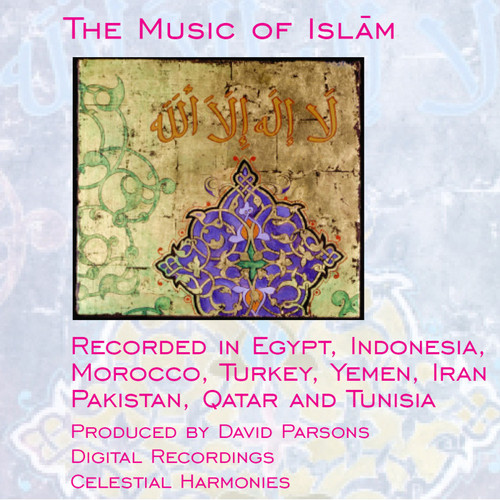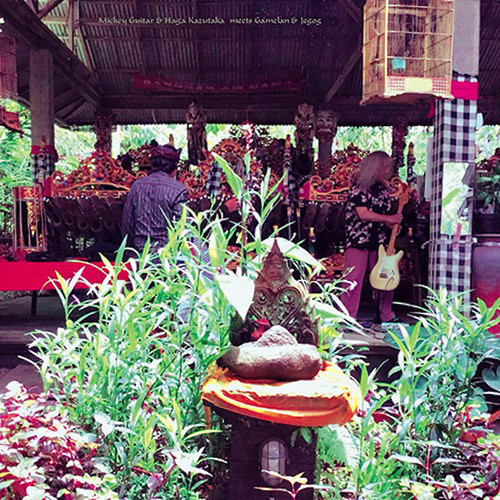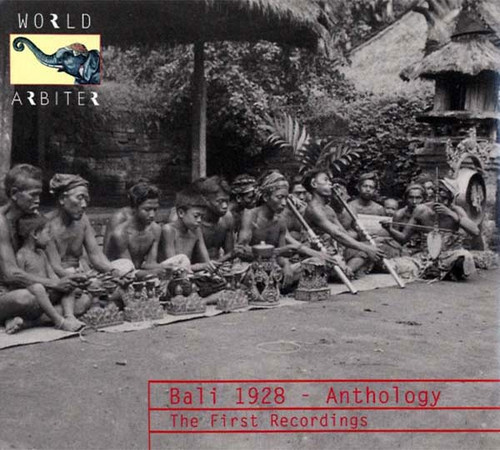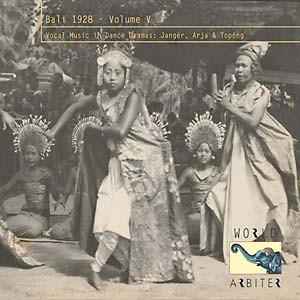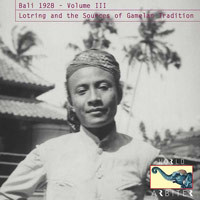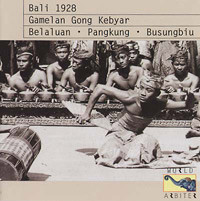Folk /
Balinese Gamelan Music
”Nowhere is the richness of Balinese art more evident than in the glitteringly brilliant music and dance of gamelan gong kebjar, which uses a 25-piece orchestra of xylophone-like bronze-keyed instruments, tuned gongs, cymbals, drums, and flutes. This style is relatively new. The earlier musical style known as gamelan gong was stately in pace. Gamelan means orchestra; gong refers to the large gong used in the orchestra. But when the kebjar style came into existence, this traditional form changedr…
Jaipongan Music Of West Java + Reworks
*2024 repress* "Mind-melting West Javanese gong pop, recorded in 2007 at Jugala studios in Bandung, based on a Javanese secular village music and dance tradition known as ketuk-tila, which was transformed into a popular studio music in the early 1960s by the producer Gugum Gumbira, founder of Jugala. With vocals by Idjah Hadidjah, one of the key historic voices of jaipongan, the situation here is disorientatingly heavy, low bpm gong pressure coming straight from the originators. It is a much les…
The Music Of Islām
Ten years in the making, The Music of Islam series recorded in Egypt, Morocco, Tunisia, Turkey, Yemen, Pakistan, Indonesia, Iran and Qatar represents the most comprehensive sound documentation available to Westerners today, of a world religion dating back to 1/622. Although governed by strict rules for fourteen centuries, contact with other cultures has radically affected Islamic music throughout history. As the world enters the XV/21st century the timing of this collection serves an even larger…
The Music Of Bali
The Music of Bali is produced by the highly acclaimed New Zealand composer/musician/producer David Parsons. Much like the other traditional/lost arts replications he has produced, The Music of Cambodia (19902), The Music of Vietnam (19903) and The Music of Armenia (19909), this collection is an opened time capsule of music from the isles of paradise.
Jegog as heard on The Music of Bali, Volume One: Jegog (13136) is played predominantly for entertainment although it occasionally accompanies relig…
Mickey Guitar & Haga Kazutaka meets Gamelan & Jegog
**In process of stocking** Mickey Guitar is Ken Matsutani, he was manager of the legendary Captain Trip Records. Japanese guitarist and vocalist, best known as the leader of Marble Sheep. He has also participated in several other Japanese rock underground groups including AOR and Cement Women (1982), Onna (1985), White Heaven (1986).
"We, Matsutani and Haga were playing with Gamelan ( 16 performers) and Jegog ( 29 performers) at Indonesia Bali Island in March 2019. All recordings were done open …
Bali 1928 - Anthology: The First Recordings
A compilation from all five of World Arbiter's volumes of the complete Balinese recordings from 1928, newly remastered in 2015 and released for the first time since the days of 78-RPM shellac. Performances of gamelan gong kebyar, semar pagulingan, gender wayang, palégongan, gambangam pajogédan, gambuh, angklung, suling, tembang, kidung, kakawin, arja geguntangan, janger, cepung, unaccompanied vocals, and topeng. When composer Colin McPhee heard some 78s in New York, brought over by anthropologis…
Bali 1928, Vol. V: Vocal Music In Dances Drama
Vol. V of the Bali 1928 recordings contains various emergent theatrical dance and dance-opera forms with translations of the dramas' texts. We hear the first recordings of women participating in dance dramas, making this disc a major cultural repatriation of primary Balinese art forms that had been lost for nearly a century. An extensive essay is included as a PDF (accessed by computer) with links to 1930s silent films and a photo library are hosted online by World Arbiter. Some of these …
Bali 1928, Vol. II Tembang Kuna: Songs from an Earlier Time
Vol. II in a five-disc series of 1928 Balinese recordings features Balinese vocal music, the first release of these recordings since they were first pressed to 78 rpm discs in 1929, the only commercially released recordings of music made in Bali before World War II. Originally recorded by a team from the German labels Odeon and Beka on a 1928-29 expedition to Bali and intended for a Balinese public that lacked any discs of its own music, many of these records have been reduced to single r…
Bali 1928, Vol. IV: Music for Temple Festivals and Death Rituals
Vol. IV of the Bali 1928 recordings includes kebyar with sung poetry, gambuh dance-drama, ancient ritual angklung, and solo flute. All lyrics receive English translations in the liner notes, with an extensive text by Edward Herbst included as a PDF (accessed by computer) and hosted online by World Arbiter. Performances by Gamelan Gong Kebyar Belaluan, Denpasar; Gambuh of Sésétan, Denpasar; Gamelan Angklung Kléntangan of Sidan, Gianyar; Gamelan Angklung of Pemogan, Denpasar; Gamelan Angklung o…
Bali 1928, Vol. III: Lotring and the Sources of Gamelan Traditio
Vol. III of the complete 1928 Balinese recordings, the first republication since 1928 of lost shellac recordings, opens with the only known recordings of a lost gamelan. Heard in three tracks, Gamelan Semar Pagulingan, an ensemble known as "Gamelan of Love in the Bedchamber," played instruments that no longer exist, originally performed just outside the private residence of a raja during meals, times of leisure, and when the raja was otherwise engaged in pleasure with one of his wives. The…
Bali 1928: Gamelan Gong Kebyar
Subtitled: Belaluan, Pangkung, Busungbiu. World Arbiter presents historic gamelan recordings made in 1928 as part of a collection of the first and only commercially-released recordings of music made in Bali prior to World War II, the first ever to document pre-War genres. The compositions heard on volume 1 are untraditional, avant-garde experiments that later evolved into familiar forms, new music captured close to the time of its inception. After five years of research and field work, Ed…
